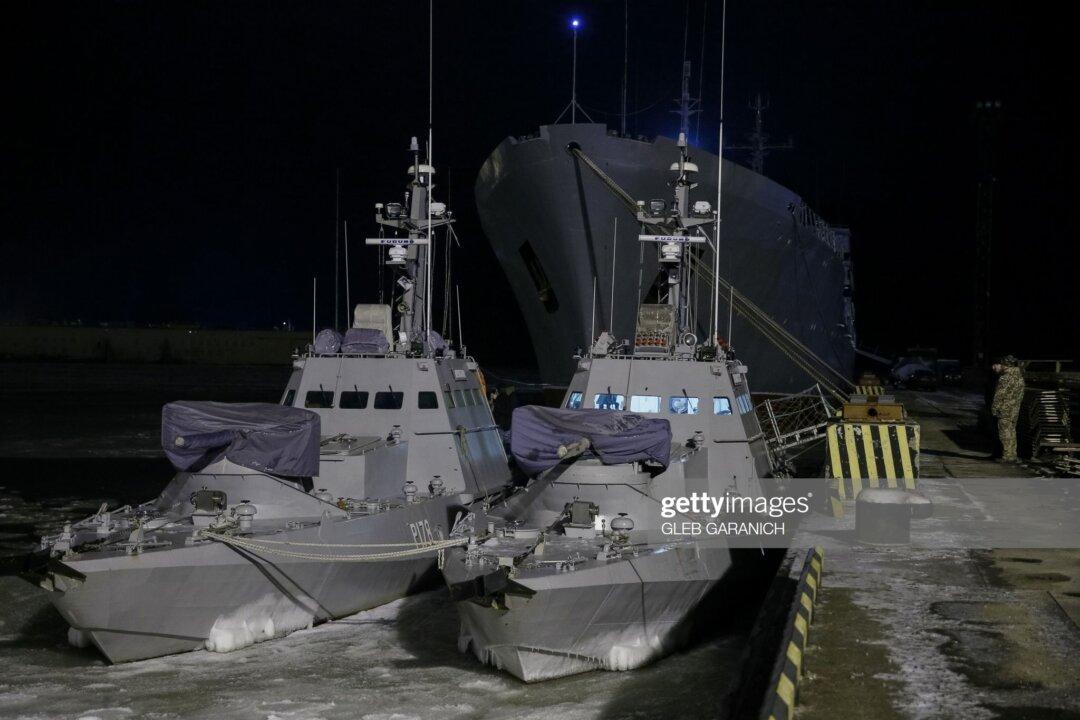Sometimes it is valuable to review the realities underlying myths. And with the media filled with hissy fits regarding what President Trump said (and failed to say) during and following the just-completed NATO Ministerial, it is useful to examine some of the accepted mythology around NATO: specifically Article 5 and the “obsolete” nature of the Alliance.
Despite the holy writ status attributed to Article 5 of the Washington Treaty, laying out the parameters of response to an attack on a NATO member (“one for all; all for one”), the specific required responses by other NATO members are far from defined. In this regard, it is helpful to cite Article 5 in entirety:
“The Parties agree that an armed attack against one or more of them in Europe or North America shall be considered an attack against them all and consequently they agree that, if such an armed attack occurs, each of them, in exercise of the right of individual or collective self-defence recognised by Article 51 of the Charter of the United Nations, will assist the Party or Parties so attacked by taking forthwith, individually and in concert with the other Parties, such action as it deems necessary, including the use of armed force, to restore and maintain the security of the North Atlantic area. Any such armed attack and all measures taken as a result thereof shall immediately be reported to the Security Council. Such measures shall be terminated when the Security Council has taken the measures necessary to restore and maintain international peace and security.”
Okay? Now read this opaque language again.





